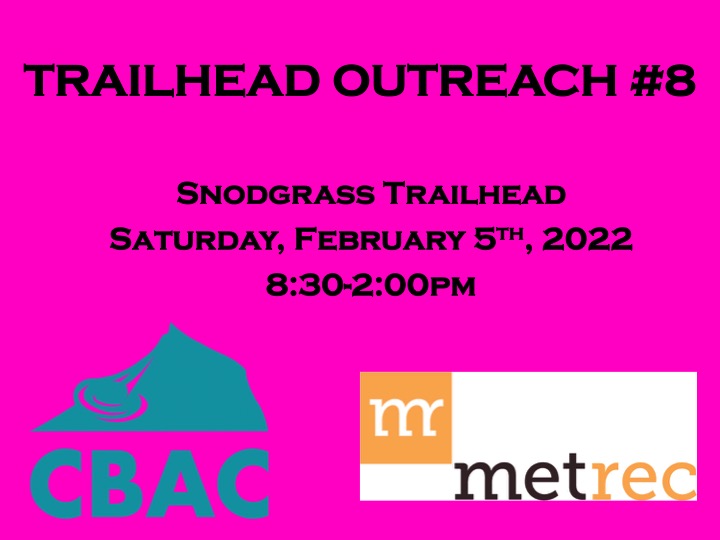Dear Community,
In an effort to preserve everyone’s access to Red Lady, we are asking backcountry travelers to respect the restricted access boundaries around the Mt. Emmons Wastewater Treatment Plant Site. This is the working area to your left as you are climbing the Red Lady skin track. The Site Supervisor on Mt. Emmons has encountered an increase in backcountry travelers on their water treatment plant property this year. They have asked us to help spread the word that while the Red Lady skin track is currently open, they may have to enforce a no-trespass policy for the community’s safety and the security of their facilities if it continues. The mine regularly operates heavy equipment and snow removal machinery on their roads and does not want a collision with skiers or riders. Additionally, the area of concern includes the Keystone Snow Course established in 1961 by the NRCS for measuring snow water equivalent in the Upper Gunnison watershed. That snow course and the surrounding area lie on private land. Continued impacts on the area could compromise important data collection vital to our water source. The standard fall line egress from Red Lady Glades does not pass through this private property, the route that veers east towards the bottom does. Please familiarize yourself with this image of the property boundary if you enjoy skiing Red Lady Glades.
Thanks, Crested Butte Avalanche Center





















